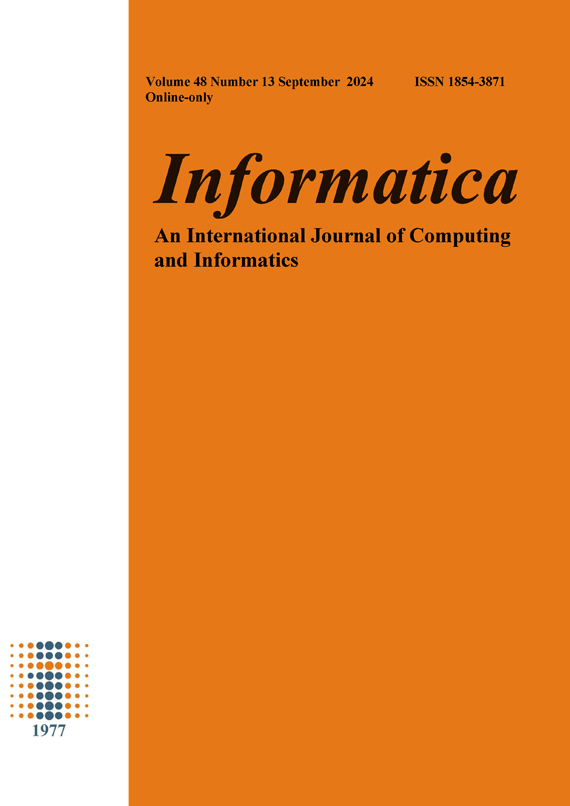Application of MOOC Data Based on Autonomous Intelligent Robot System in Students' Learning Behavior
DOI:
https://doi.org/10.31449/inf.v48i13.5828Abstract
In the traditional teaching classroom, teachers' supervision has an important influence on students to a large extent. The MOOC (massive open online courses) platform requires learners to conduct self-supervision to improve their self-regulation ability. It also requires learners to actively participate in course activities to improve the learning effect of MOOC. In the autonomous intelligent intelligent robot system, the cognitive model is required to be able to classify and identify the perception information of the robot, realize action decision-making, and at the same time, it can feedback and control the robot to obtain the information of the students' MOOC learning progress, and can accept the students' MOOC learning behavior signals to amend the decision.This paper preliminarily analyzed the factors that affected the learning effect. Based on the preliminary analysis of the influencing factors of MOOC learning behavior, through the comparative analysis of the existing learning behavior analysis framework, an operational learning behavior analysis framework for MOOC courses has been designed. The types of MOOC learning behaviors and associated variables and indicators were identified. By constructing the MOOC learning behavior analysis framework, the learning behavior patterns of MOOC learners were mined. The system log data of the MOOC platform and the basic information of learners were collected. The indicators that need to be studied in the learning behavior analysis framework were screened out. Based on learner behavior data, MOOC learners' cumulative video viewing time distribution and video viewing number distribution were explored, and learner behavior features were extracted. Further, the learning behavior patterns were classified based on behavior preference and learning motivation, respectively. Differences between the learning characteristics of different types of learners were analyzed. Among them, 40 learners believed that the quality of the learning resources of the MOOC platform based on the autonomous intelligent robot system was very important in the process of autonomous learning, accounting for an average of about 32.6%. This paper helps to improve students' autonomy in learning and stimulate students' enthusiasm for learning.
Downloads
Published
Issue
Section
License
I assign to Informatica, An International Journal of Computing and Informatics ("Journal") the copyright in the manuscript identified above and any additional material (figures, tables, illustrations, software or other information intended for publication) submitted as part of or as a supplement to the manuscript ("Paper") in all forms and media throughout the world, in all languages, for the full term of copyright, effective when and if the article is accepted for publication. This transfer includes the right to reproduce and/or to distribute the Paper to other journals or digital libraries in electronic and online forms and systems.
I understand that I retain the rights to use the pre-prints, off-prints, accepted manuscript and published journal Paper for personal use, scholarly purposes and internal institutional use.
In certain cases, I can ask for retaining the publishing rights of the Paper. The Journal can permit or deny the request for publishing rights, to which I fully agree.
I declare that the submitted Paper is original, has been written by the stated authors and has not been published elsewhere nor is currently being considered for publication by any other journal and will not be submitted for such review while under review by this Journal. The Paper contains no material that violates proprietary rights of any other person or entity. I have obtained written permission from copyright owners for any excerpts from copyrighted works that are included and have credited the sources in my article. I have informed the co-author(s) of the terms of this publishing agreement.
Copyright © Slovenian Society Informatika








